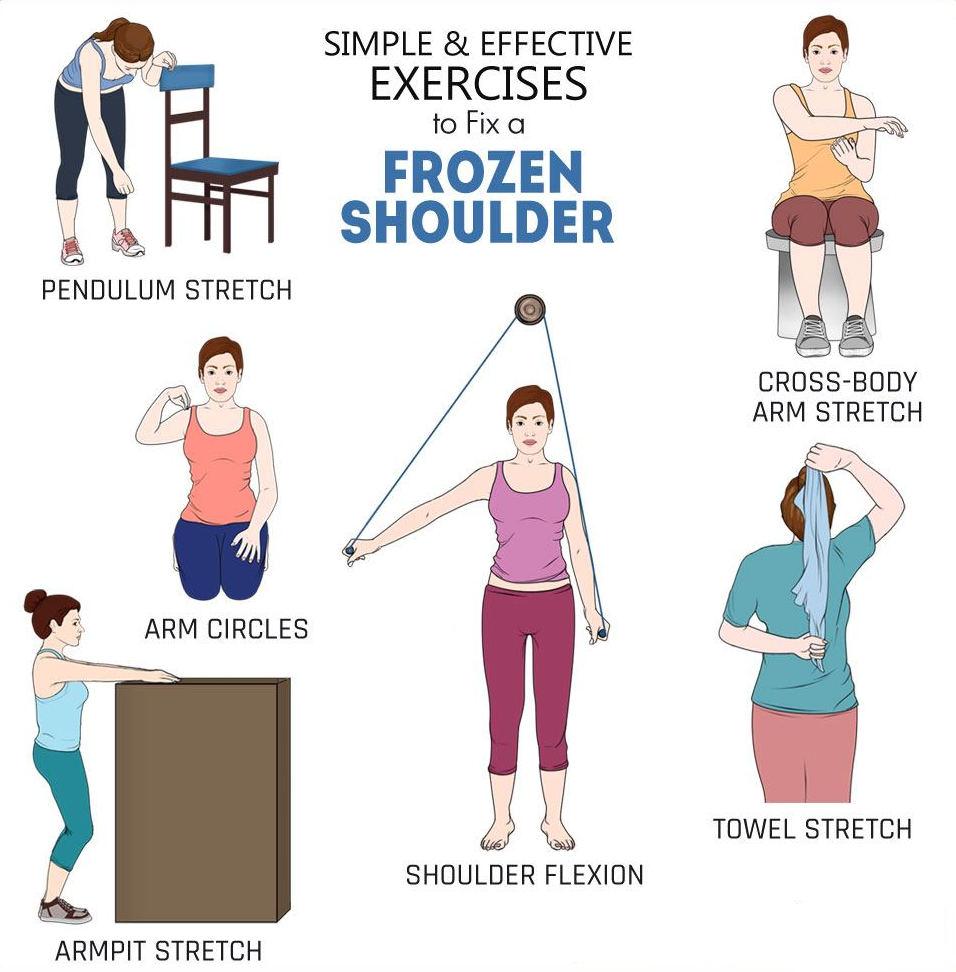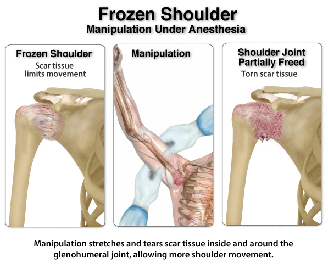Are you experiencing severe pain and facing difficulty in moving your shoulders?
Is it hampering your day-to-day activities?
You might be suffering from a frozen shoulder. Dr. Sandeep Singh, a renowned orthopedic doctor in Bhubaneswar, says, “You should seek treatment at the earliest to alleviate the pain and regain shoulder movement.”

It happens when the connective tissue around the shoulder joint becomes tighter and thicker and develops scar tissue gradually over time. This makes it difficult for the shoulder joint to rotate correctly.
If you think you have a frozen shoulder, this article will help you.
First, let’s start with the symptoms of frozen shoulder.
Frozen shoulder usually goes through three phases:

Freezing stage:
- You feel pain in the shoulder whenever you move it
- It gets worse over time and hurts more at night
- It can limit your shoulder movement
- It can last for six to nine months
Frozen stage:
- You might feel less pain, but the stiffness has worsened
- It becomes challenging to move your shoulder, thus affecting everyday activities.
- It can last for four to twelve months.
Thawing stage:
- You can start moving your shoulder normally
- It will take about six months to a couple of years.
Who is at risk of getting frozen shoulder?
Apart from these, the other risks are:
People having thyroid disorder, heart disease, and Parkinson’s disease
People having a shoulder sling due to surgery or injury.
People who are still for a long duration because of surgery or stroke.
How is frozen shoulder diagnosed?
They may ask you to undergo a few tests such as:
X-ray –
To check for arthritis and other issues
MRI –
To see if there is a tear in your rotator cuff
Arthrogram –
To check the shoulder structure in detail
What are the treatment options for frozen shoulder?
If left untreated, it will take you up to three years to recover from a frozen shoulder. However, a combination of treatments can help you recover faster.
Physical therapy

Medications
The doctor may prescribe medications to ease the pain and reduce inflammation. Corticosteroid injection helps improve the symptoms. It is directly injected into the shoulder joint.
Hydrodilatation
If the above nonsurgical methods fail to show any improvement, the doctor may suggest hydrodilatation. In this procedure, the doctor gently injects a large volume of sterile liquid using imaging to stretch and expand the shoulder capsule.
Surgery
Surgery is recommended when non-surgical methods do not help relieve symptoms and is mostly done during the frozen stage. The motive is to stretch and release the joint capsule. The two most common surgical interventions are:
Manipulation:

Shoulder arthroscopy:

Quite often, arthroscopy and manipulation are used together to get maximum benefit. It is known to give positive results.
Recovery
Recovery is a slow process taking six weeks to around three months. The outcome depends on your commitment to therapy. The majority of patients experience less or no pain in the long run and even have an increased range of motion.
If you have chronic or acute shoulder pain, you can consult Dr. Sandeep Singh, an acclaimed ortho doctor in Bhubaneswar, for comprehensive diagnosis and treatment.


Thanks for sharing. I read many of your blog posts, cool, your blog is very good.